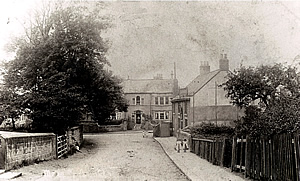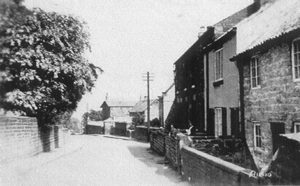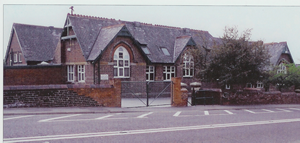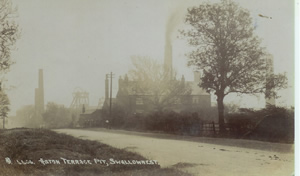
Aston
Estone (Aston) was valued at 20 shillings prior to the conquest by William of Normandy. At the time of King William’s Domesday Survey of 1086 the value had reduced to 8 shillings. The survey notes that “Richard has now there five villeins and one sokeman with two ploughs. There is a church and a priest. Wood pasture half a mile long and the same broad. This whole manor one mile long and a half broad.”

Aughton
Hacstone (Aughton) was valued at 40 shillings prior to the conquest. At the time of King William’s Domesday Survey of 1086 the value had reduced to 10 shillings. The survey notes that “Richard has now there four villeins and three bordars with one plough and a half. Wood pasture one mile long and eleven quarentens broad. The whole manor sixteen quarentens long and one mile broad.”
(quarenten: a square furlong, 220 yards x 220 yards.)

Ulley
Ulley is recorded in the Domesday Survey 1086 as follows: “In Olleie (Ulley) Morcar has one manor of two carucates to be taxed; and two brothers two carucates belonging to Hacstone (Aughton). These four two ploughs may till. The whole one mile long and a half broad. Value in King Edward’s time forty shillings. It is now waste. Richard has it”. It was part of the parish of Lactone, (known today as Laughton).
(Carucate: as much land as a team of oxen could plough in a season.)
Ulley is not part of the Parish of Aston but is a parish in its own right. However, it has always had close associations with Aston-cum-Aughton.

Fence
In 1842 a small colliery was started at what is now Fence, alongside the A57 road near Woodhouse Mill on the Midland Railway Line. The pit was connected to the Midland Line by a horse driven tramway. Houses were built along Sheffield Road and Falconer Lane for the miners at Fence Colliery and thus Fence was born. The Colliery Directors built a Congregational Church at Fence in 1864, at a cost of £400. It later became a Wesleyan Church, part of the Rotherham Circuit.

Swallownest
The village of Swallownest began when Nathaniel Swallow (born 1715) built a house at the junction of Rotherham Road and Main Street. This house became the original Swallownest Inn.
House building in Swallownest began in earnest in the late nineteenth century to meet the demand caused by the influx of miners to work in the local collieries.

North Staveley
North Staveley Colliery opened in 1864. The shaft was almost 211 yards deep to the Barnsley seam that was worked until 1930 along with the High Hazel seam that opened around 1912. The pit closed in 1932 and many of the miners went to work at Brookhouse Colliery that opened in 1930.
The Colliery Company built seven rows of terraced houses for the mineworkers and their families: Top Row, Spring Row, Chapel Row, Ladies Row, Beighton Lane Row, Middle Row and Jinney Row. There were also four houses near Mansfield Road for the under-managers. The houses were demolished in the 1960s and the site is now an industrial estate.
